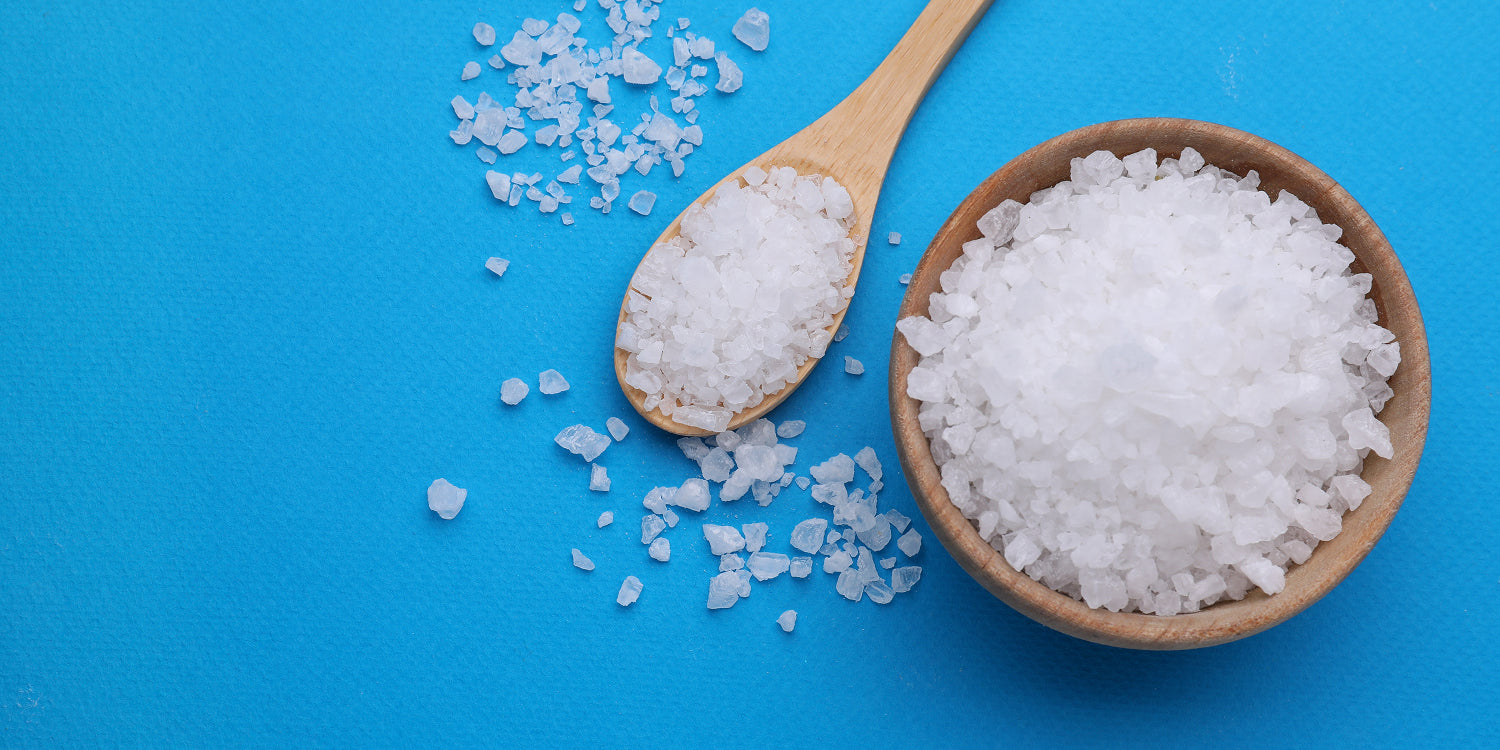Fasting and Sodium: Are You Getting Enough?

We are doing a series of articles on electrolytes and how to know if you’re getting enough of each one.
You can find our article on potassium here.
Today, we’re looking at fasting and sodium, why you need it, and how to know if you’re getting enough.
What is sodium?
Sodium is an essential mineral electrolyte.
It sometimes gets a bad rap, often blamed for metabolic diseases such as high blood pressure and heart disease.
But the truth is, we’re not just talking about the stuff you sprinkle on your french-fries (you’re not really eating those, are you?)
Sodium is essential for life, and supports many vital body functions:
-
Maintains proper balance of fluids and electrolytes in the body
-
Supports nerve and muscle function
-
Maintains pH balance
-
Helps regulate blood pressure
-
Transports nutrients in the body
How much sodium do I need?
For extended fasters, the general consensus usually falls between 5000-7000 mgs a day.
If that number sounds too high, you have to remember, this is for extended fasters.
When you are fasting, you are losing a lot of water, and with it sodium (and other electrolytes).
So you need a lot more sodium than the average person who is not fasting.
If you live in a warmer climate, or if you participate in strenuous physical activity, you might need more sodium, as well.
If you are practicing Intermittent Fasting only, you probably won’t need as much. As long as you’re getting enough sodium in during your eating window.
You can take our dosage quiz here to see how much of our Fasting Salts you’ll need to meet your specific sodium needs.
The kind of sodium matters
Regular table salt won’t cut it.
The table salt you buy in the grocery store is heavily processed and lacks natural minerals.
And contrary to popular belief, pink Himalayan salt is not the best option, either.
There is a huge variance in the amount of trace minerals in pink Himalayan salt. It’s not consistent from one sample to the next.
Pink salt can also contain unhealthy and potentially harmful trace metals.
Our Fasting Salts include pharmaceutical-grade pure vacuum-dried salt made in Britain.
Low sodium symptoms
Low sodium is usually why people end up breaking their fasts.
They don’t keep up with electrolytes and end up with a headache or feeling nauseous, both of which are symptoms of low sodium.
Other symptoms of low sodium can include:
-
Dizziness or confusion
-
Muscle weakness or cramps
-
Fatigue
-
Restlessness
-
Low sodium can even be confused with hunger or cravings
But what about high blood pressure?
High blood pressure is not caused by too much sodium.
It is caused by sodium retention. Which is caused by carbohydrate consumption.
That being said, DO check in with your doctor!
We of course cannot give you medical advice.
Always check in with your doctor regarding sodium, especially if you are being treated for medical conditions or are on medications.
A few more tips
-
Drink your water! Staying hydrated will help keep your sodium levels on point. But don’t drink too much, you can also wash out your electrolytes. Aim for around 64 ounces/1.8 litres a day and after that, drink to thirst.
-
Pickle juice - If you find yourself needing a quick source of sodium, sip some pickle juice. It won’t break your fast, just don’t eat the pickles!
-
Bone broth - Add sodium to your bone broth. You can have sips of that as needed during your extended fast.
-
Continue supplementing your sodium during the refeeding phase of your extended fast.
Sodium is not the bad guy
So, to answer the question: Fasting and Sodium - are you getting enough?
We need sodium!
And when we’re fasting, we need even more sodium.
Make sure you’re getting enough. You’ll feel so much better during your fast.

